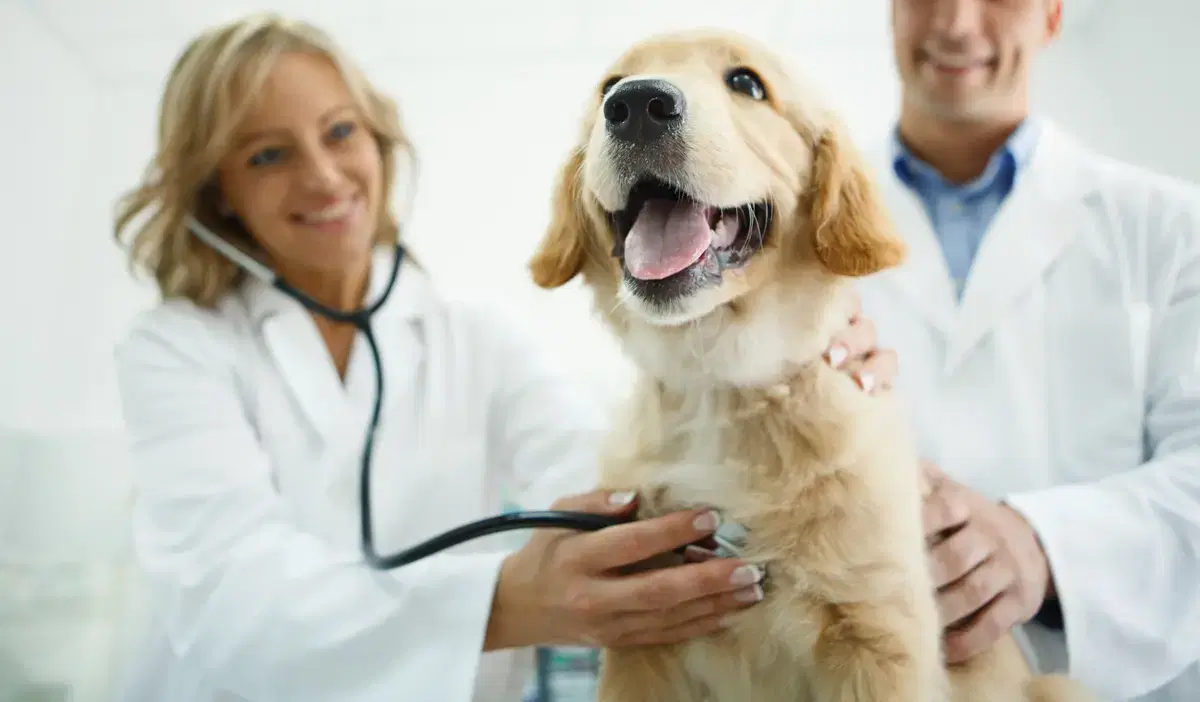Are you looking to adjust your pet insurance coverage when it's time for renewal? Making changes to your pet insurance policy can be a straightforward process if you know the steps to take. In this blog post, we will guide you through the process of changing your pet insurance coverage at renewal, helping ensure that you have the right coverage for your furry friend.
Understanding Your Current Coverage
When reviewing your existing pet insurance policy, it is important to assess the coverage limits, deductibles, and exclusions.
Coverage limits determine the maximum amount that the insurance company will pay out for any given claim. It is important to ensure that the coverage limits are sufficient to cover potential medical expenses for your pet.
Deductibles are the amount you are responsible for paying before the insurance coverage kicks in.
Exclusions are specific conditions or treatments that are not covered by the insurance policy. Take note of any exclusions and determine if they may impact your pet's health or if you are comfortable assuming the financial responsibility for those excluded conditions.
By thoroughly assessing these factors, you can make informed decisions about adjusting your pet insurance coverage at renewal.
Assessing Your Pet’s Needs
When assessing your pet's current health and any pre-existing conditions, it is crucial to consider their age, breed, and lifestyle. Age can play a significant role in determining potential health issues and the likelihood of developing certain conditions.
Different breeds may have specific health concerns that require additional coverage. For example, larger dog breeds are more prone to joint problems, while certain cat breeds may be susceptible to urinary tract issues.
Additionally, your pet's lifestyle, such as their activity level and exposure to certain risks, can help determine the necessary coverage. By taking these factors into account, you can help ensure that your pet's insurance coverage adequately addresses their specific needs.
Determining the New Coverage You Need
When identifying any gaps or limitations in your current pet insurance policy, it is important to carefully review the coverage details and assess your pet's specific needs. Look for any exclusions or limitations that may leave certain conditions or treatments uncovered. Consider if there are any gaps in coverage that could impact your pet's health and well-being.
Once you have identified these gaps, you can make informed decisions about whether to increase or decrease coverage limits, or wellness add-ons.
Contacting Your Pet Insurance Provider
When notifying your pet insurance provider about your intention to make changes to your policy, it is important to reach out to them directly. Contact their customer service department and explain the changes you would like to make. Inquire about the process and any required documentation that may be needed to update your policy.
They will be able to guide you through the necessary steps and provide you with any forms or paperwork that may be required. It's always best to communicate with your insurance provider to help ensure a smooth and seamless transition.
Reviewing the New Policy
When reviewing the new pet insurance policy, it is crucial to carefully read and understand the terms and conditions. Take the time to thoroughly assess the revised coverage to help ensure it meets your pet's specific needs.
Look for any exclusions or limitations that may impact your pet's health and well-being. Consider whether the coverage limits, plan option, and any applicable add-ons align with your pet's potential medical expenses. By conducting a detailed review, you can ensure that the revised policy provides sufficient coverage and peace of mind for your beloved pet.
Making Any Necessary Changes
If there are any changes you would like to make after reviewing the new policy, reach out to your insurance provider and explain the changes you would like to make. Ensure that you verify any changes or adjustments in writing, either through email or by requesting a revised policy document. This documentation will serve as proof of the changes made and will help provide you with peace of mind knowing that your pet's policy has been updated accordingly.
Do a Final Review of the Revised Policy
After requesting changes to your pet insurance policy, do a final review of the revised policy to confirm that the requested changes have been made. Take the time to carefully double-check the coverage details, including any modifications to coverage limits, plan type, or add-ons.
Additionally, ensure that the premium amount reflects the adjustments you requested. By thoroughly reviewing the revised policy, you can have peace of mind knowing that your pet's insurance coverage accurately reflects your desired changes and provides the necessary protection for their health and well-being.
Conclusion
Taking the time to review your revised pet insurance policy is crucial to ensure that the requested changes have been accurately implemented. By carefully double-checking the coverage details, you can have peace of mind knowing that your pet's insurance coverage aligns with your desired modifications and provides the necessary protection for their health and well-being. Don't overlook this important step in the process, as it can help make a significant difference in your pet's insurance coverage and your overall satisfaction with the policy.

Mostly a tech person, always a pet person. I am dedicated to improving the lives of pets and their humans with technology. Off-duty, I enjoy writing about the misbehaving of computer programs and my two Aussiedoodles, Calvin and Hobbes.












